Apple's new "dual display" patent could potentially allow for a future MacBook or iPad to use a second screen in place of a keyboard, eschewing physical keys.
The United States Patent and Trademark Office has granted Apple a patent titled "dual display equipment with enhanced visibility and suppressed reflections." The documentation for what is patent number 9,904,502 outlines a device that would use a second display as a dynamic keyboard.
Two implementations of this design are described in the patent application, according to Patently Apple. The first utilizes a permanent hinge, while the second allows the screen to be removed and used separately, along the lines of Microsoft's Surface Pro range and other two-in-one computers.
The patent documentation makes it clear that the implementation is not intended as an accessory that would allow two iPads to be paired together, with one serving as the keyboard. Additionally, illustrations associated with the application explicitly state that one screen is an OLED display, while the other is an LCD.
A double-display set-up could provide easy access to a different keyboard layout language, context-sensitive controls, or even a large sketching surface to use in conjunction with something like an Apple Pencil. However, that flexibility would come at the cost of the traditional typing experience offered by a mechanical keyboard.
Apple's patent addresses the fact that using a second display as a keyboard could result in unwanted reflections between one screen and the other. Polarizer layers and wave plates would be used in both displays to prevent any such glare.
Apple has already flirted with the idea of a dynamic keyboard in part, in the form of the OLED Touch Bar that was introduced to the MacBook Pro line in 2016. Presenting the entire keyboard in this manner would seem to be one possible evolution of that idea.
Many of Apple's patented inventions don't make it to market. At present, there are no rumors suggesting that Apple is actively working on this concept with any of its partners or is close to bringing it to market.
 Brad Jones
Brad Jones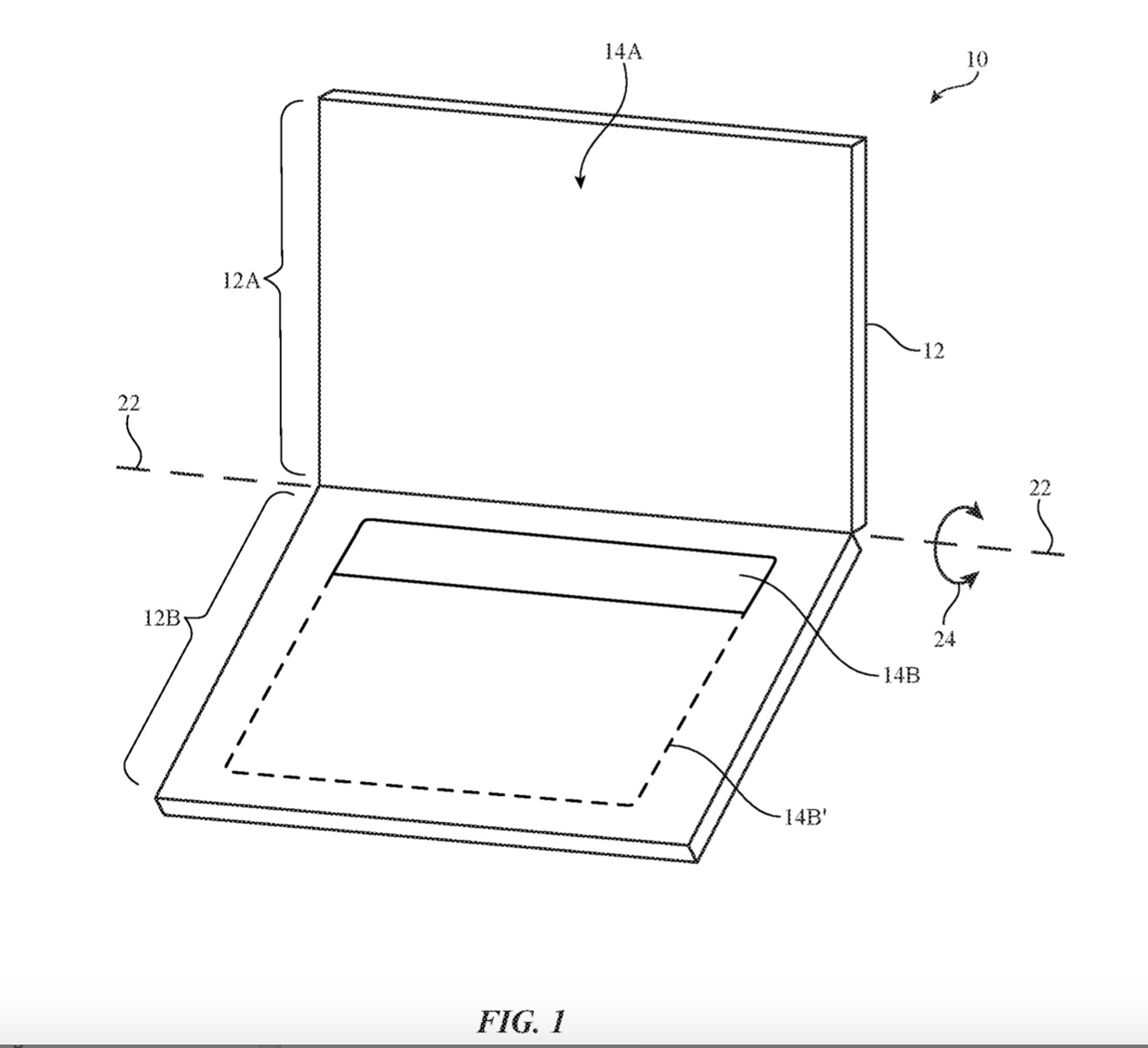
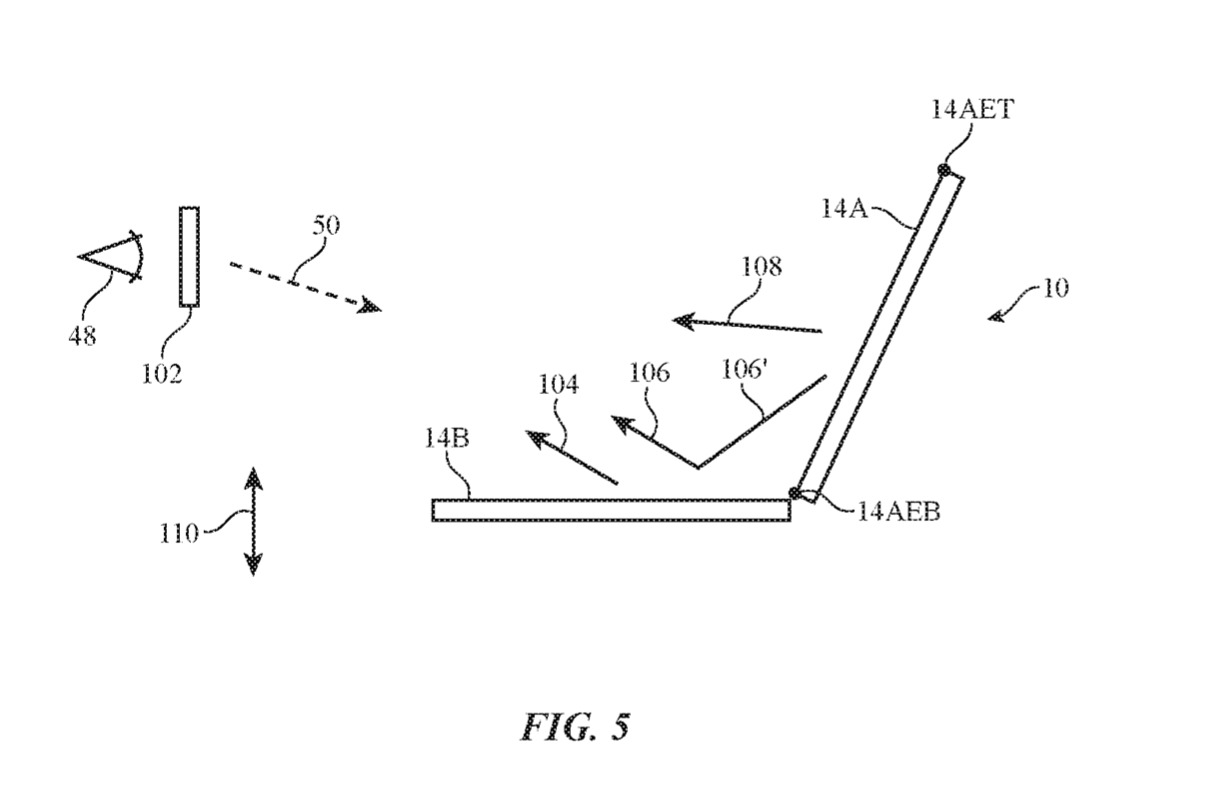







-m.jpg)





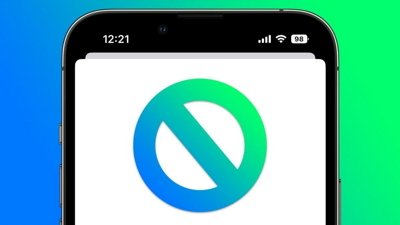
 Marko Zivkovic
Marko Zivkovic
 Andrew O'Hara
Andrew O'Hara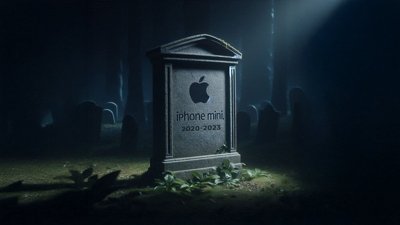
 Amber Neely
Amber Neely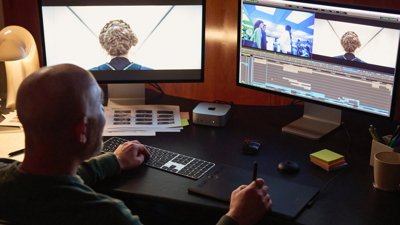
 William Gallagher
William Gallagher
 Christine McKee
Christine McKee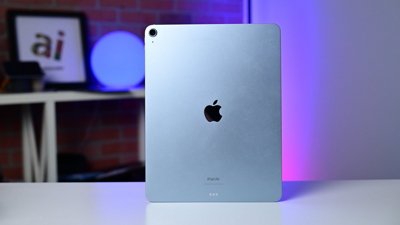
 Andrew Orr
Andrew Orr
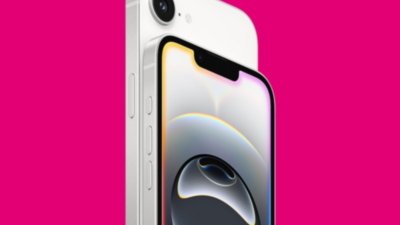
 Sponsored Content
Sponsored Content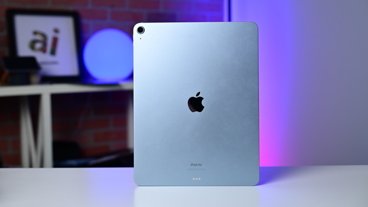






50 Comments
FYI: Hardness
Gorilla Glass = 6 to 6.5 Mohs
Granite (dirt) = 7 Mohs
If you close the display without being clean you have a good chance of scratching it. Of course not all dirt is granite, but if you close it 100+ times the odds are you’re going to eventually scratch it. Also, the coating on the “glass” is no where as hard as Gorilla Glass.
Ideality you’d use a screen protector, but that doesn’t seem possible...
If you could get Gorilla Glass to 7.5 Mohs the design would be more practical.
But, I don’t see it as feasible on < 12.9 inch iPads (folding in the middle)... a separate keyboard still makes more sense.
Already in the Microsoft pipeline, we’ll see who gets it out to market first.
I'm officially old now, the idea of trying to type without tactile keys sounds horrific. I would understand for a future ipad if they wanted to make it foldable, but I do not want a MacBook that doesn't have a legit keyboard. Now if they could do a near seemless design with some form of raised keys built into the display(which I don't think is anywhere near feasible atm), then I would be interested. But for my use case, on a work machine, I want a physical keyboard with raised keys. I type slower on laptop keyboards with less depth as is.
I'm hoping Apple comes up with some secret sauce to utilize some of their "force touch" magic on a virtual keyboard. Maybe use some infra-red interferometer cleverness to sense an imminent "key" touch so as to have one of those crazy haptic vibrations that feel like a click happen as soon as your finger is on the glass. That'd be rad.